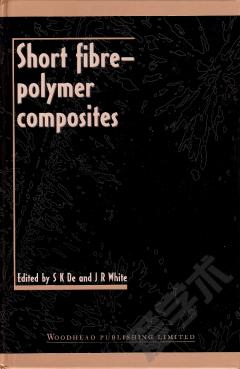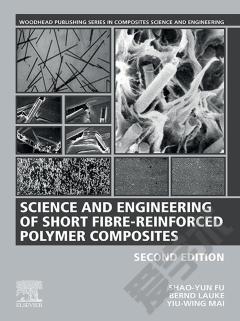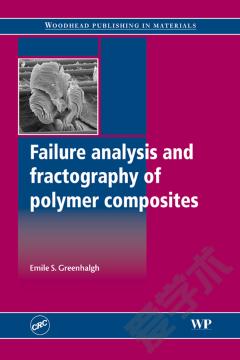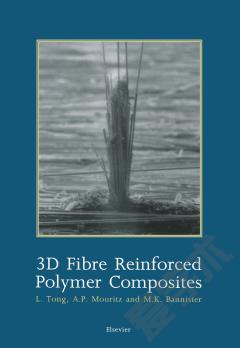Synergetics and Fractal Analysis of Polymer Composites Filled with Short Fibers
The interest in polymer composites study is due to an even greater degree of their application. The filling by hard disperse particulates or fibers gives to polymers a desirable properties number: increases stiffness, reduces thermal expansion coefficient, rises resistance to yield and fracture toughness and so on. Difficulties in research of structure-properties relationships for polymer composites are due to their structure complexity. So, on the elasticity modulus value besides composition a polymer-filler interaction influences. In other words, it is clear even intuitively that for the complete description of such structurally-complex objects as polymer composites it is necessary to account for three groups of factors, namely, polymeric matrix structure, filler structure and level of interaction between them. Up to now the researches of such kind were carried out within the frameworks of continuous mechanics and thermodynamic conceptions. However, these conceptions application does not allow to describe satisfactorily and all the more to predict such materials properties. As a matter of fact, an experimental data set dictates the choice of either structure physical model for macroscopic properties description.
{{comment.content}}








 京公网安备 11010802027623号
京公网安备 11010802027623号